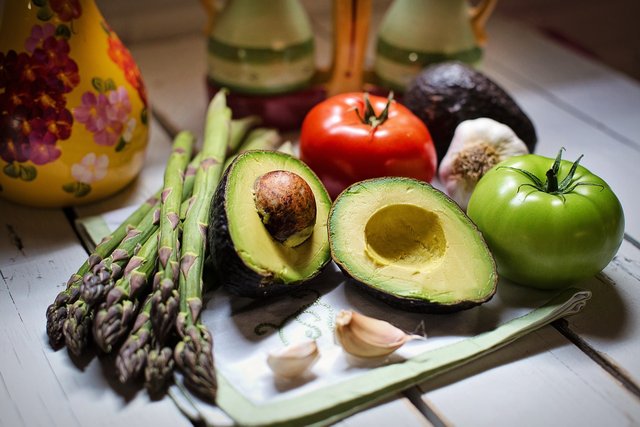7 TIPS FOR LESS FOOD WASTE
7 TIPS FOR LESS FOOD WASTE
On average every person buys 456 kilograms of food per year, but only 375 kilograms are eaten. This means that around 20% of our purchased food ends up in the garbage. This is bad not only for your own wallet, but also for the environment and social justice on our planet. The production of these foods costs a lot of energy and also time to throw them away is a huge waste of resources.
The reasons for the food waste are manifold. On the one hand, there are the supermarkets that throw away fruit and vegetables that no longer look perfect or that do not meet the expectations of the customers. This has to do with regulations and food hygiene, but also with us. Due to the oversupply, we are used to having only perfect-looking groceries in the shopping basket and buy accordingly only these. However, part of the food is also thrown away at home, which is often due to incorrect storage. But anyone can do something about food waste themselves. Throwing away every little step in the direction of eating less is more important, and all in all, it can make a difference. How you can counteract even the food waste.
1. PLAN THE PURCHASE
Spontaneous purchases often mean that you firstly buy things that you did not actually need and also buy things that are already in the fridge at home. So if you look at the fridge before you buy, you not only save money, you also have to lug less.
2. BUY "UGLY" VEGETABLES AND FRUITS
Especially vegetables and fruits that no longer look perfect, end up with a very high probability in the garbage. In the supermarket or weekly market, you can therefore consciously opt for the not so nice vegetables. Just because a pepper has a dent or a banana a brown spot, they taste no less good. On the contrary, bananas even develop their full flavor only when they are really ripe.

3. PROPER STORAGE IN THE REFRIGERATOR
The fridge is not the same everywhere. Meat, sausages and other perishable foods should be in the coldest zone, fruits and vegetables are not so cold and so come in at the bottom. How to give the fridge properly, you can look in this illustration of the Bayerischer Rundfunk.
4. USE THE SENSES
The expiration date (MHD) indicates how long a food is at least durable, which does not mean it is bad one day later. If the MHD is reached, do not throw away the food unseen. In case of uncertainty, if it is still good, it helps to look at it, to smell it and also to taste. If the senses do not hit negative, you can eat it safely.
5. COOK CREATIVELY
Cooking remnants can often be used for new creations. For example, leftover vegetables can quickly turn into a tasty spread or you can make a vegetable sauce out of it. The imagination knows no limits! The Federal Ministry of Food and Agriculture has developed an app that converts leftover ingredients into a great recipe.
6. SHARING IS CARING
Should something be left over, you can also share the food with friends and acquaintances. On Facebook, there are numerous food sharing groups for just about every city where you can distribute leftover food.
7. BECOMING A FOODSAVER
If you want to actively save food in front of the barrel, you are in the right place at the Food-sharing portal. There you can become a Foodsaver yourself and pick up food from cooperating companies, use them for themselves or share them with others. More information can be found here .
With these 7 tips, we want to show that really everyone can reduce their food waste and there are certainly many, many more. If you still have tips, just post them below in the comments!

